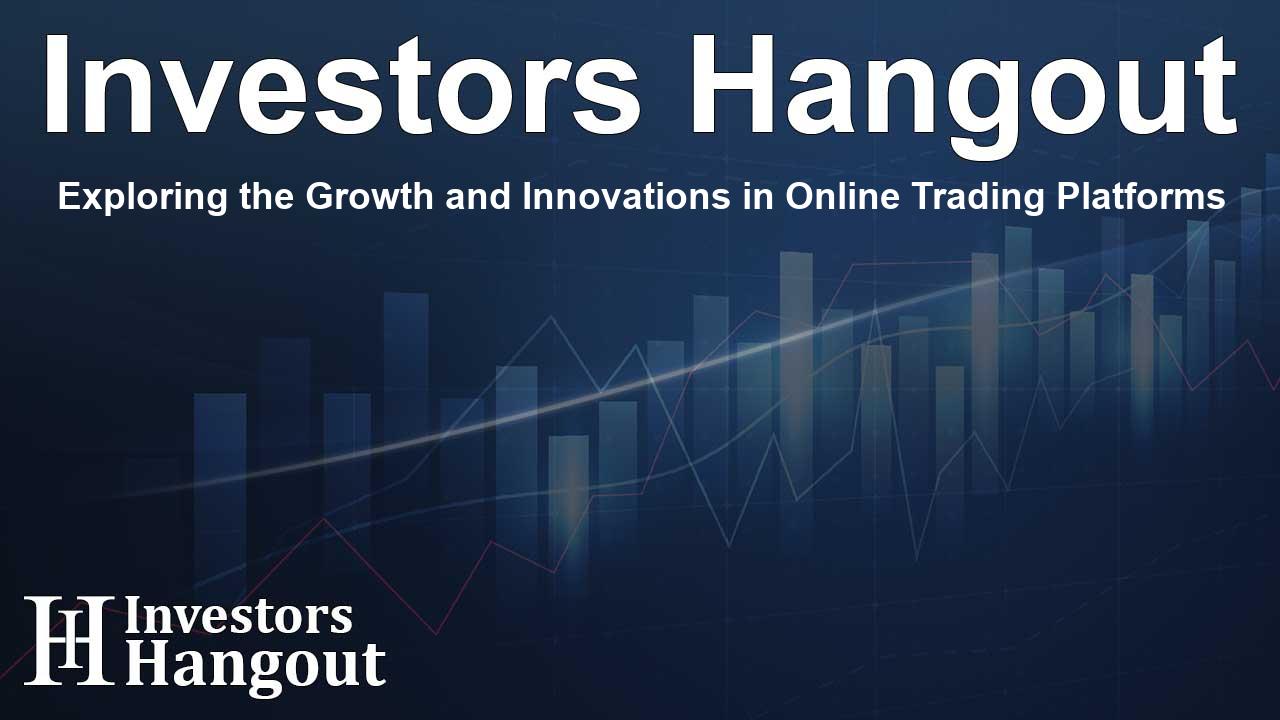Exploring the Growth and Innovations in Online Trading Platforms

Online Trading Platform Market Analysis
The online trading platform market is witnessing a remarkable surge, with an estimated growth from USD 9.58 billion in 2023 to USD 18.8 billion by 2032. This growth, reflected in a compound annual growth rate (CAGR) of 8.18%, is fueled by increasing investment activities and significant technological advancements.
Government Initiatives Enhancing Market Growth
Many governments are recognizing the vital role of financial literacy and are actively launching initiatives to promote understanding among retail investors. For example, educational programs have been implemented to empower traders with knowledge about online trading platforms. Such initiatives are crucial as they enhance the decision-making capabilities of retail investors.
Educational Programs and Resources
Through websites and educational outreach, authorities provide the necessary tools for individuals looking to navigate the world of online trading. In Europe, regulatory bodies have introduced policies to facilitate easier access to investing for citizens, thus increasing engagement in the online trading ecosystem.
The Rise of Digital Literacy
The trend towards greater digital literacy is particularly significant among Millennial and Gen Z investors. These groups are not only comfortable with technology but are actively seeking out investment opportunities through online platforms. By adapting to the preferences of younger generations, online trading platforms are becoming more user-friendly, further expanding their user base.
Market Leaders and Competitive Landscape
Several key players stand out in the online trading platform market. Prominent firms include MetaQuotes Software Corp. and TD Ameritrade, both of which offer robust platforms that cater to both individual and institutional investors. With the advancement of technology, these companies are continually innovating to stay competitive.
Technological Innovations Among Market Leaders
Recently, companies like E*TRADE have made headlines with the launch of AI-driven trading assistants that provide users with personalized trading insights. Such innovations are expected to enhance user experience and engagement, making trading more accessible than ever.
Segment Analysis: Who is Leading the Market?
As of 2023, institutional investors hold the largest share of the online trading platform market, commanding approximately 58%. The increasing reliance on sophisticated trading platforms allows these investors to manage vast portfolios effectively. Hedge funds and pension funds are increasingly harnessing technology to streamline their trading processes.
Banking and Financial Institutions' Role
Banking and financial institutions represent another critical segment, accounting for 38% of the market's revenue share. These entities utilize online trading platforms extensively to modernize their trading strategies and enhance client engagement through real-time analytics and comprehensive investment management.
Geographical Insights: Trends by Region
Nauth America currently dominates the online trading platform market, contributing a substantial 35.6% share. The advanced financial and technological landscape, coupled with government initiatives aimed at promoting online trading, has greatly enhanced market conditions.
Emerging Markets and Future Growth
In contrast, the Asia Pacific (APAC) region is witnessing the highest growth rates driven by rapid digitalization and increasing financial literacy. Countries like China and India are making significant strides in adopting online trading practices, which is a promising indicator of market evolution.
Recent Market Developments
The online trading landscape is vibrant with recent developments impacting the sector. E*TRADE's new AI trading assistant showcases the integration of technology into user experience, while Robinhood's acquisition of a fintech start-up emphasizes the importance of adapting to market demands.
Future Outlook
The future of online trading platforms appears bright, with continuous innovations and strong market trends paving the way for sustained growth. As technological solutions advance, the barriers to entry for new investors continue to diminish, opening up the market to a broader audience.
Frequently Asked Questions
What is the projected growth rate of the online trading platform market?
The market is anticipated to grow at a CAGR of 8.18% from 2024 to 2032.
Who are the key players in the online trading platform market?
Notable market players include MetaQuotes Software Corp., TD Ameritrade, and E*TRADE.
What factors drive the growth of online trading platforms?
Government initiatives, financial literacy programs, and technological advancements are key growth drivers.
Which regions dominate the online trading platform market?
North America holds the highest market share, with APAC experiencing the fastest growth rates.
How are technological advancements impacting online trading?
Innovations like AI-driven assistants are enhancing user experience and expanding accessibility for investors.
About Investors Hangout
Investors Hangout is a leading online stock forum for financial discussion and learning, offering a wide range of free tools and resources. It draws in traders of all levels, who exchange market knowledge, investigate trading tactics, and keep an eye on industry developments in real time. Featuring financial articles, stock message boards, quotes, charts, company profiles, and live news updates. Through cooperative learning and a wealth of informational resources, it helps users from novices creating their first portfolios to experts honing their techniques. Join Investors Hangout today: https://investorshangout.com/
Disclaimer: The content of this article is solely for general informational purposes only; it does not represent legal, financial, or investment advice. Investors Hangout does not offer financial advice; the author is not a licensed financial advisor. Consult a qualified advisor before making any financial or investment decisions based on this article. The author's interpretation of publicly available data shapes the opinions presented here; as a result, they should not be taken as advice to purchase, sell, or hold any securities mentioned or any other investments. The author does not guarantee the accuracy, completeness, or timeliness of any material, providing it "as is." Information and market conditions may change; past performance is not indicative of future outcomes. If any of the material offered here is inaccurate, please contact us for corrections.